The National Democratic Alliance Army (NDAA) was formed in 1989 after splitting from the former Communist Party of Burma (CPB), which rose in rebellion against the Myanmar government. The NDAA was one of the first groups to sign a ceasefire with the Myanmar Army (or Tatmadaw).
The NDAA controls Mong La, Nanban and Sele districts, which constitute Shan State Special Region 4, also known as the Mong La Area.
As June 30 marks the 30th anniversary of the NDAA’s signing of a truce with the Tatmadaw, U Kham Maung, who is on the executive board of the Peace and Solidarity Committee (PSC), the political wing of the NDAA, recently talked to The Irrawaddy’s Nan Lwin Hnin Pwint about how the PSC built a booming border town over the past 30 years, the state of the region’s economy, and the political ideology of the PSC.
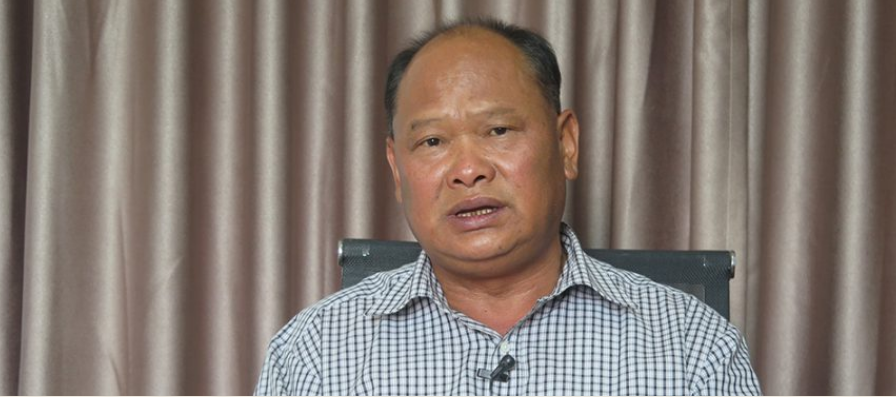
The NDAA will celebrate the 30th anniversary of the signing of the peace agreement on a grand scale, with a military parade and traditional dancing. While the United Wa State Army (UWSA), Myanmar’s largest ethnic armed group, showed off drones and anti-aircraft missiles at the 30th anniversary of the signing of its truce with the central government, U Kham Maung said the NDAA does not possess such weapons.
Mong La is growing much faster than major towns on the mainland. How did the NDAA work to bring about economic prosperity in the past 30 years?
Before that, we fought a war as part of the CPB. At the time, we called the military government the “Ne Win military regime”. As the CPB said that [the regime] was the common enemy of the people, we fought a war for over 20 years. People died and faced appalling material hardship. They had neither shelter nor food. So, the leadership thought that if we remained under the leadership of the CPB, we would have to continue fighting even if we were not willing to do so. So, we split from the CPB on April 19, 1989.
Then, we established the NDAA with troops from #815 War Zone [designated by the CPB], which is Nanban and Mong La of Special Region 4 today, and Brigade 764 based in Sele District [the brigade was then under the direct control of the CPB]. We combined those two forces and established the NDAA. Then we contacted Military Intelligence [now the Office of the Chief of Military Security Affairs] and implemented a ceasefire.
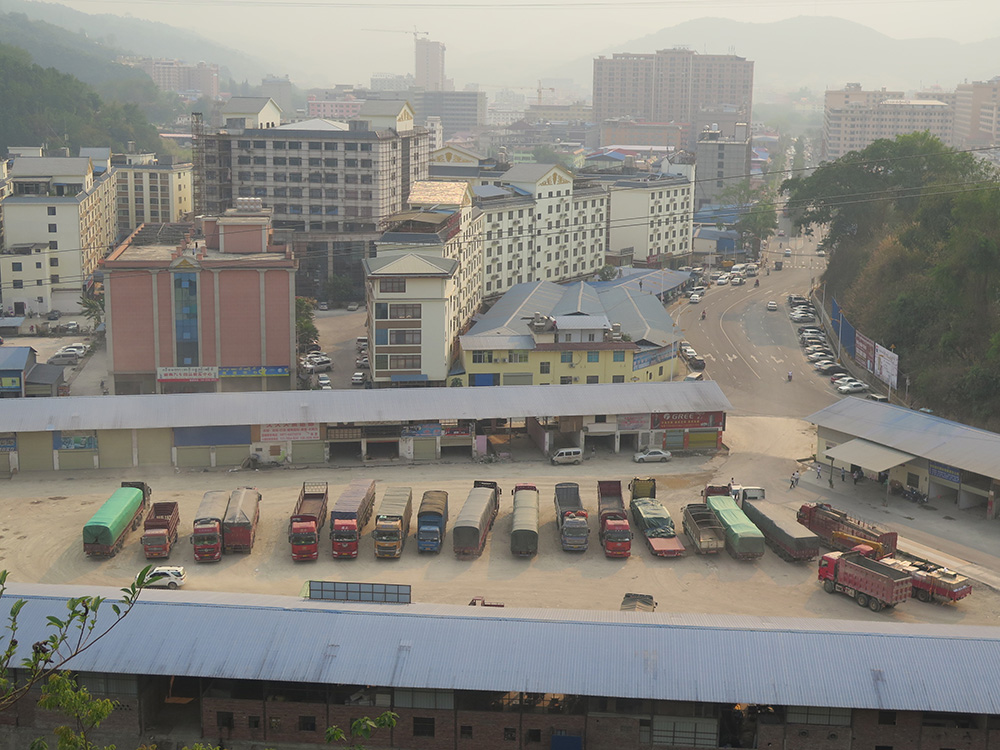
On June 30, 1989, the country’s leaders designated this region as Special Region 4 of eastern Shan State. We had long been in poverty. So our leaders thought about how to develop our area and we built Mong La under the guidance of our chairman U Sai Linn and with the participation of all the local ethnic people.
When we signed the truce, the military government allowed us to retain the areas which we had taken control of through fighting, on condition that we stopped fighting. And they urged us to develop our own areas. At that time we had no schools. They asked us what we needed, and we told them we were lagging behind in the health and education sectors.
We signed the truce on June 30, and the military government sent education, health, agriculture and veterinary staff in July.
Given that they only had military experience, what difficulties did the leaders of Mong La region face in spurring regional development?
At the time, our leaders only knew how to wage war. They understood nothing about regional development, and they had no experience. So, we struggled hard to build it into the splendid town it is today by trial and error. The government as well as our friends [other ethnic armed groups] gave us advice. We planned to build our town as a tourist town. Our town had nothing in the past [to attract travelers]. Then we built pagodas, a national races village and organized elephant and crocodile shows as well as a gay show, which we imported from Thailand. Mong La had quite a lot of hustle and bustle at the time, and we were able to attract many travelers.
From 1995 to 2004, we received 500 to 800 20-seater and 30-seater buses of Chinese travelers from Xishaungbana daily. They arrived in the town around 8 am. They enjoyed the shows and visited pagodas, and went back around 2 pm. Our town was quite alive with visitors.
Why did the tourism industry decline later?
It is difficult to say. We didn’t wish to see that. But China might have its own regulations. In December 2004, the Chinese government closed the Tar Law gate. So, it has been more than 10 years since I last visited China. It has tightened restrictions.
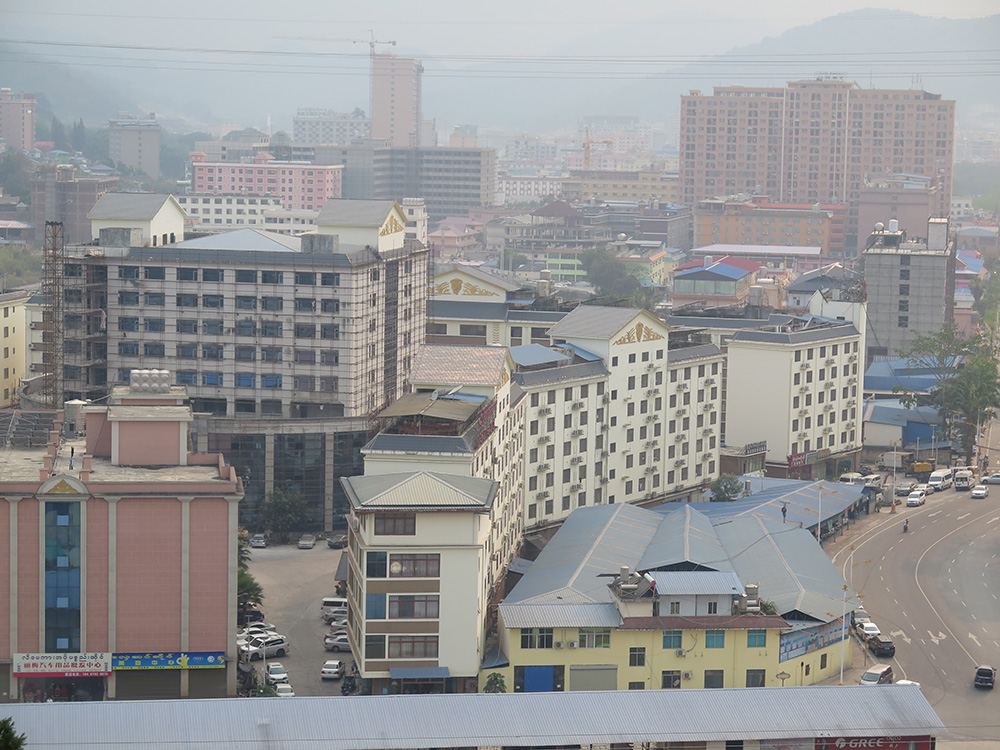
We also have a Hotels and Tourism Department. It contacted the Hotels and Tourism Department in China. Today, we still receive Chinese travelers, but the number has declined significantly.
Your group signed the truce 30 years ago, but the government has asked it to sign the Nationwide Ceasefire Agreement (NCA). What is the view of Mong La leaders on this?
At first, we said we would take part in the political dialogue, but we would not sign the NCA because clashes have not taken place for nearly 30 years. But then, when we attended the 21st Century Panglong Peace Conference, the country’s leaders said the NCA is more comprehensive than the previous ceasefire agreement.
We don’t oppose the NCA, but we adhere to a policy of an all-inclusive peace process. If all the ethnic armed organizations would sign it, we are ready to sign it any time.
By all-inclusive, which particular groups do you mean? What if the UWSA said it didn’t wish to sign the NCA?
There are 21 ethnic armed groups, and 10 groups have signed the NCA. I mean, if eight or nine remaining groups sign it, we will also sign. We have to take the views of other groups and the overall situation into consideration. So, it is difficult for us to sign it separately. It is up to the UWSA whether or not to sign it. We have to look at the other organizations.
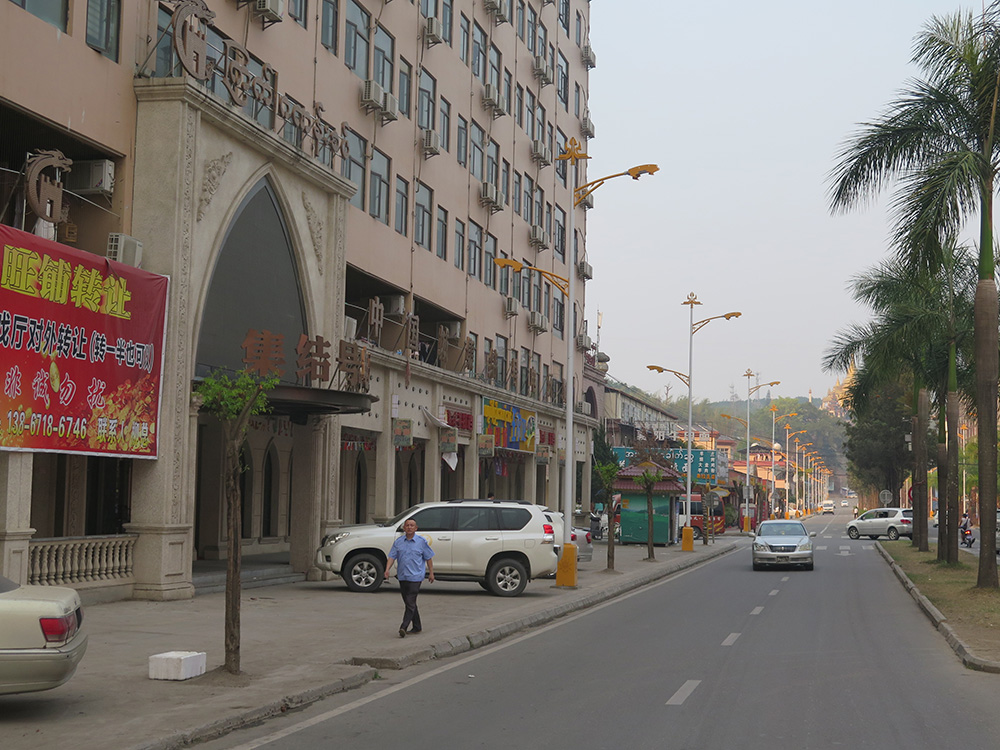
Your group signed ceasefire agreements during the time of U Thein Sein’s government. Does the current government led by Daw Aung San Suu Kyi recognize those agreements or has it introduced a new process?
We signed three truces—one at the state-level and two at the Union level, signed separately in Kengtung and Mong La. And we are currently abiding by those agreements. President U Thein Sein’s government promised us a [political] dialogue after signing the agreement at three levels. But now, we are told that we can participate in the dialogue only after signing the NCA. So, we are waiting to engage in dialogue.
What would Mong La leaders like to discuss as part of the political dialogue?
As we’ve said earlier, we will demand autonomy for Special Region 4. We demanded autonomy when the National Convention was convened in 1993. Under the 2008 Constitution, six other ethnic groups were given autonomy, but we weren’t. And we don’t know why. We just want to govern our region. This is our policy and political ambition. There is nothing special. We want autonomy according to the law. That’s all.
What is the size and population of Special Region 4?
Eastern Shan State covers 4,952 square miles, and most of the areas are mountainous. The population is around 100,000, and there are 13 indigenous tribes, and the majority of them are Shan, Akha, Tai Lue and Kokang. The other tribes only account for a few hundreds to a few thousand. There are 413 villages in total.
There are three districts, which we call regions—Nanban, Mong La and Sele—and there are 26 village tracts.
Why wasn’t Special Region 4 granted autonomy while other ethnic special regions were?
We don’t know why. We are asking the same question.
Are NDAA leaders concerned that the government will try militarily or by other means to strip Mong La of Special Region status and incorporate Mong La into the mainland if Mong La remains as a Special Region without autonomy?
It seems hopeless if we are not constitutionally granted autonomy. We want the Constitution to be changed. The fate of our Special Region 4 will be different only when the Constitution is changed. We wish that would happen. According to the existing Constitution, our Nanban Region is Mongyu Township, and Mong La, where our administration is headquartered, is in Kengtung Township. And Sele Region is in Mong Yang Township.
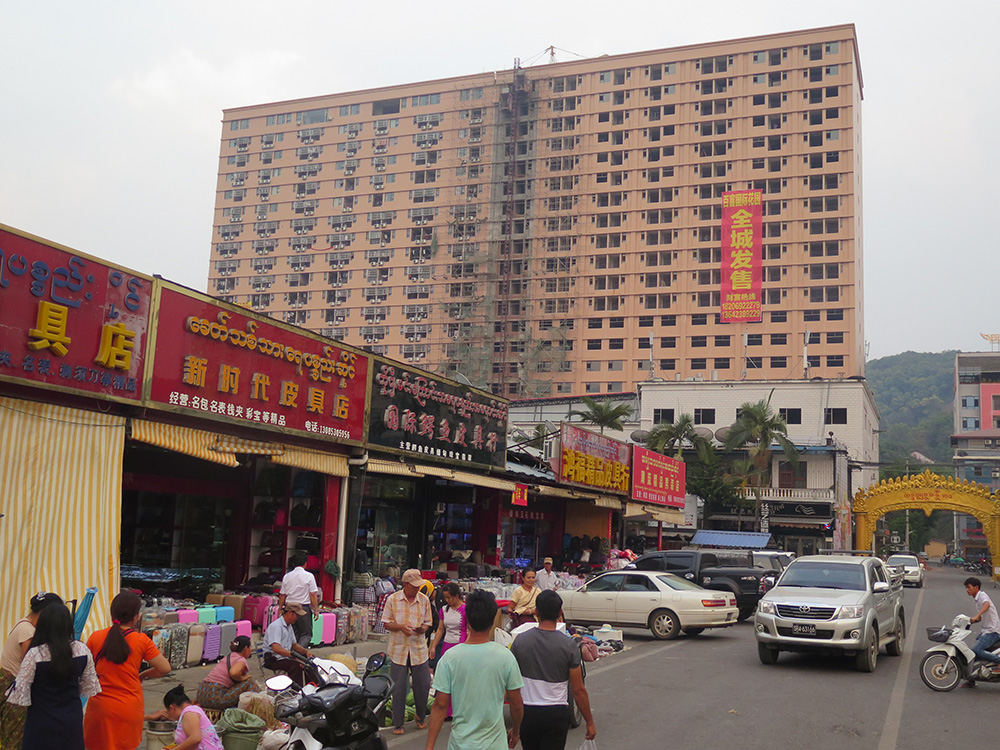
What was the position of the leaders of Special Region 4 when the 2008 Constitution was drafted?
Our chairman Sai Lin attended [the National Convention]. He could no longer attend it due to health reasons in 1996, and his son [U Htein Lin] attended on his behalf when the National Convention resumed in 2004. Since then, we have demanded an autonomous region.
What role would the leaders of Special Region 4 like to take in the peace process initiated by the government?
We are encouraged by the statement of the Commander-in-Chief of Defense Services that peace will be delivered to the people by 2020. The federal Union presented by Daw Aung San Suu Kyi is also good. But we don’t know if they are as good as their word. We always welcome it. It is just around one year until 2020. It is up to the country’s leaders. We can only wait and watch.
The UWSA enjoys a higher status than the federalism which is being demanded by other ethnic groups. Which status do you prefer—federalism or confederation—if your group is to participate in political dialogue in the future?
We don’t understand much about federalism and confederation. What we want is the status quo, to maintain the control of Special Region 4. We have our own army, police force and people. And we have grown short-term and long-term crops. We have gone through 30 years like this and we want to continue as it is now.
The Tatmadaw says there must be a single army, and calls for a DDR [Disarmament, Demobilization and Reintegration] process? What is the view of Special Region 4 leaders on this?
The Army chief was talking about the entire project. We want to keep our own army. We can be a force [for the Tatmadaw] if there are external threats. We won’t fight with the Tatmadaw. Our army is only meant for the protection of our region and our local people. We don’t accept disarmament. Reintegration should be discussed only when there is a political guarantee. It is too early to discuss now. Our wish is to be able to protect our region with our own army.

Your group has a regular army, though it doesn’t fight with the government. Why is your army kept ready?
When we made peace, the country’s leadership [the military government] told me not to expand our army. We didn’t. But we have military readiness. We replace the troops. For example, I have served in the army for 45 years. Generally, I should have resigned and should have been replaced with a younger [officer]. But as I’m in a leadership position, I can’t resign.
As we keep a regular army, we have to replace [older troops] with new blood regularly so that it has military readiness. It is normal for an army to keep training. It is not good to keep soldiers idle without training. Our people will feel safe only if we keep training. However, we don’t have any intention to wage war or invade.
But if somebody came and bullied our people, we will fight to the death. Our army was formed to protect the people. We haven’t expanded our army; we keep it at its original size.
(Note: Conscription is exercised in Special Region 4. One person in every household has to serve in the army. Both men and women serve in the NDAA. If a family has two sons, one must serve in the army.)

















